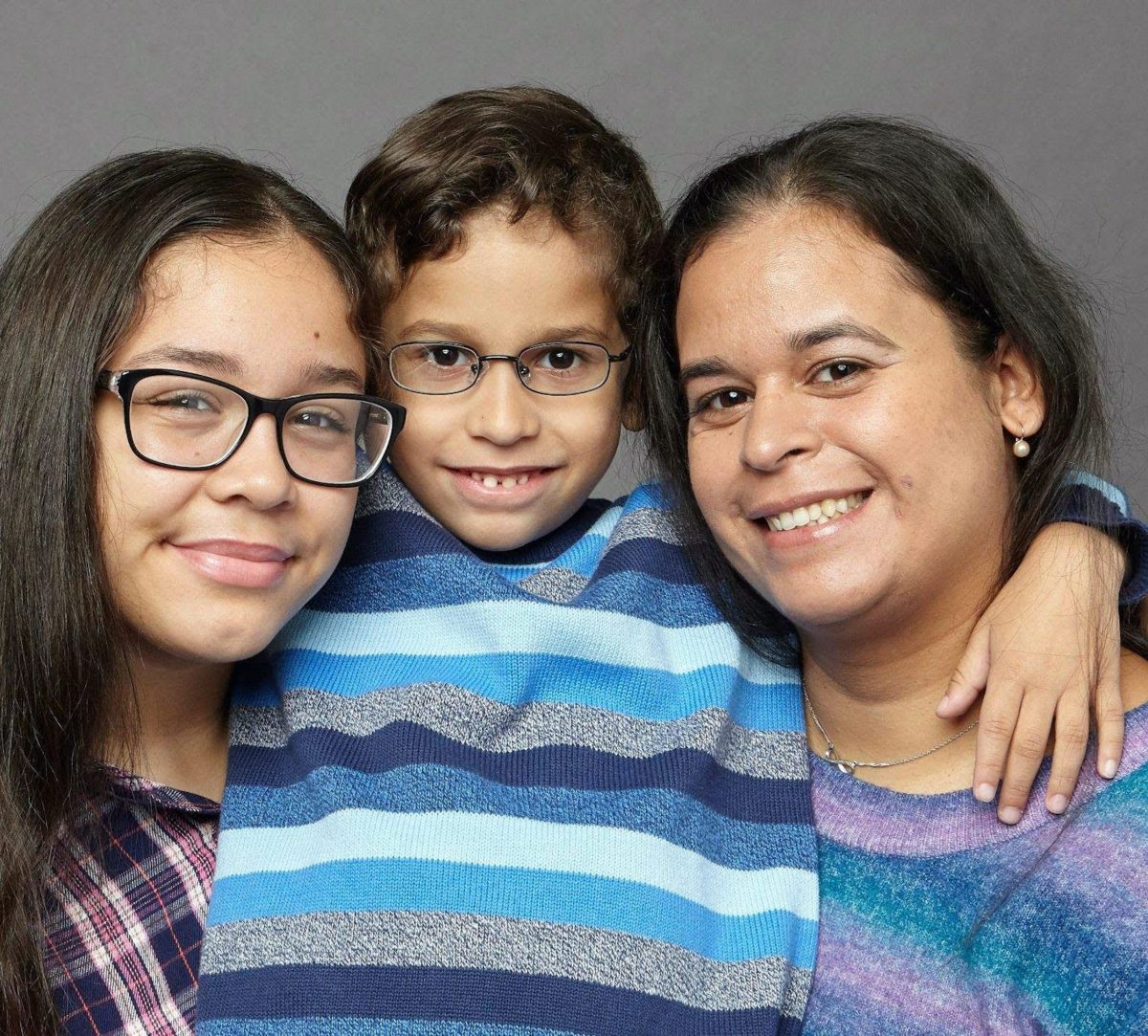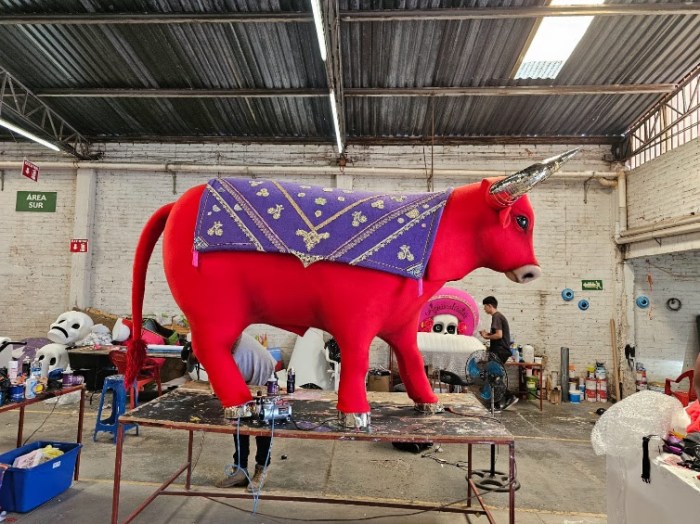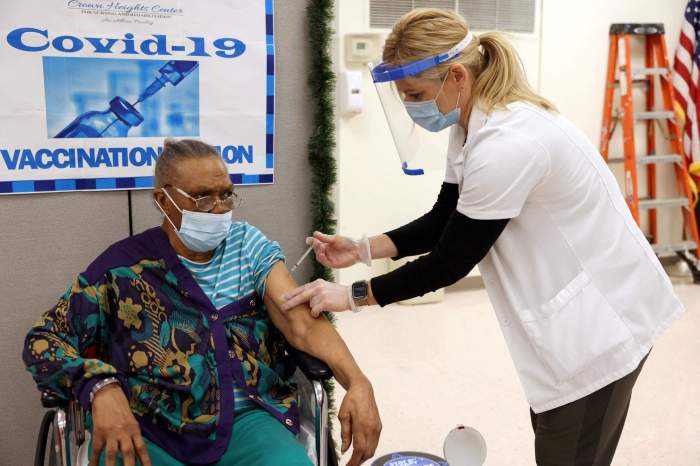While the highest mortality rate in the state was among those elderly living in nursing homes, those who were sheltered in their own home and had visiting health aids suffered far less from the COVID-19 virus.
Those aides currently earn anywhere from $10-$20 per hour to care for the elderly – taking care of their needs including cooking, cleaning, personal hygiene and maintenance. They are not nurses or medical professionals, but without their care, many elderly could not live in their own homes. So some health care agencies are calling on the state to provide increased funding to keep people in their homes, rather than in nursing homes.
A survey by Accent Care Services released in June of six home care agencies who employ home health aides, reveals that over 20,000 elderly, at-risk, and disabled New Yorker’s were kept out of nursing homes and hospitals thanks to “front-line in-home health aides.” Accent dispatches home health aides throughout the city and upstate New York.
In the same survey, more than 2,700 home health aides had to be quarantined because of possible exposure; more than 780 home health aides came down with COVID-19 – 1,700 of all of those came back to work. Unfortunately, 33, health aides died of COVID-19 complications.
Krishna Rodriguez, 35, of Williamsburg, Brooklyn is a home health care aide, member of 1199 union, and a single mother of two children. She continued to provide her services even at the height of the pandemic.
“It was very challenging during the height of the pandemic, especially finding PPE – and that was essential for us at that time,” said Rodriguez, who was concerned not only that she would contaminate her clients, but her 7 and 15-year-old children at home.
“I was limiting my exposure outside when going into work, going to the office. I took public transit and in the beginning, it was crowded, it was hard to social distance and you had to worry,” she said. “When they issued the stay at home order, it wasn’t so crowded, but it makes you nervous – I’ve never seen New York City empty.”
She knew though that without her services and that of other home health aides, most of the seniors in her care would’ve needed to be in a beleaguered nursing home.
“I was constantly looking over shoulder and wondering where I was going to get proper PPE as they were in limited quantity in the beginning,” she said. “I’d go into the office – try to limit exposure to the outside – but then we had limited quantities of the PPE, so I stopped going to the office, got my own PPE, alcohol, sanitizer, gloves and face coverings.”
But despite the hardships, she said she realized that if she and her co-workers didn’t go to these seniors, they could not stay in their homes and were be exposed to COVID-19 – a killer for many elderly.
“Most clients have trouble walking, their memory is not strong and there are many digestive issues,” she said. “So we help them with housekeeping, prevent them from falling, maintain a clean home, prepare their meals, run errands, do dishes, and wash clothing among other things. All so they don’t have to be in a nursing home.”
She says she loves her job, despite the risks she had to take to continue doing it during the pandemic.
“I love dealing with clients, talking with them, many are losing memory and feel lost, so I talk to them, make them feel wanted, needed in the comfort of own home where they really want to be,” she said. “Yes, I had to double up my clothes so that I can take them off when I get home without contaminating my children – my 7-year-old likes to give me a hug when I get home. I know 10 people who died from COVID-19, and at some point, I stopped counting. But in the end, I knew these people really depended on us to live.”
Mike Arelella is the clinical director and a Registered Nurse for Accent Care, said it is incumbent upon the state to provide adequate funding to home health aides to keep people out of more expensive nursing homes.
How many people 2000 people comprising, different branches, “We want to keep people safe in their own community, mostly elderly who are vulnerable to COVID-19 because they have diabetes, heart ailments, asthma, COPD.
“We want to keep them out of hospitals and nursing homes where the costs are high and they want to be home,” he said. “It also keeps the costs to Medicaid and Medicare down.”
But that home care started going up during COVID-19, as companies and individuals had to purchase PPE, N95 masks and protect themselves and the elderly in their care.
“People were being discharged from the hospitals and they still needed care, so sending them home helped slow the spread of the virus,” he said. “Taking care of people at home we must protect the workers so that they can protect the clients – so they needed the masks, gloves, gowns – that was thousands of dollars, especially when you take care of 2-3 patients a week.”
He said home health aides are among the lowest paid in the industry, yet it is their work that keeps many people from catching the virus and prolongs their life – while keeping nursing home populations down.
“The costs to manage patients at home is much less and more cost-efficient than in a facility,” he said. “The care and patient satisfaction is higher – you can have physical therapy, occupational therapy and the home care really is cost-effective.”
He said the government needs to increase funding, training, and public awareness of home care, he says give “more options for New Yorkers.”
“Home health aides are on the front-lines of the COVID-19 battle, enduring long commutes, training to treat this virus, and, putting their own health on the line — all to protect their patients,” Arenella said. “With their work keeping New Yorkers out of the hospital and nursing homes, home health aides have saved lives and kept people safe. As a supervisor, I have seen firsthand the bravery of each and every home health aide who risen to this challenge. After my own fight with COVID-19, the bravery I’ve seen from my colleagues is much more personal.”


































